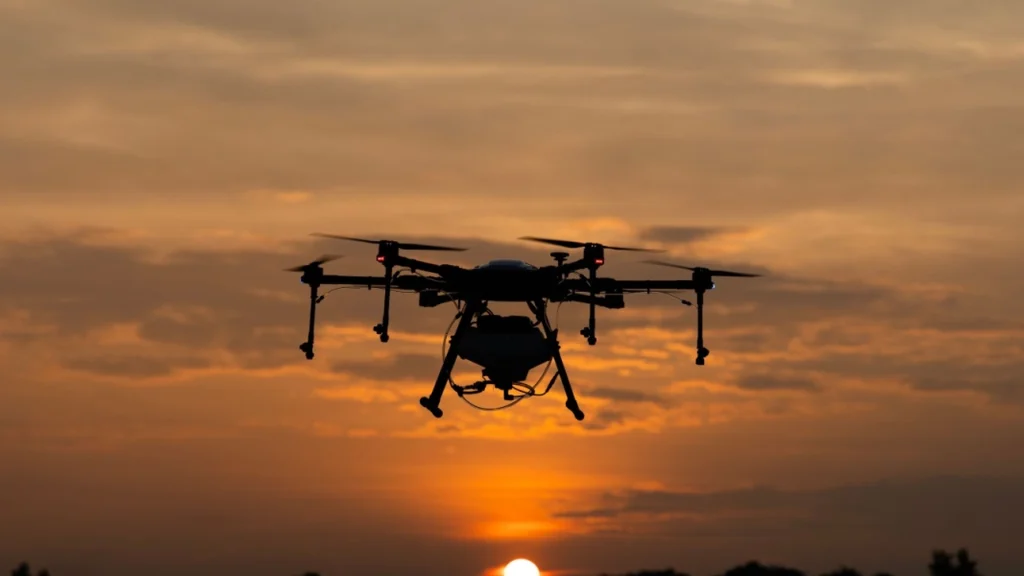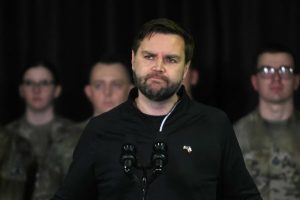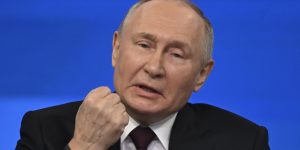A major air defense drill in Europe integrates Ukrainian battlefield lessons as drone warfare reshapes modern combat.
Others are reading now
As the threat landscape in Europe grows increasingly complex, NATO is turning to Ukraine for vital insights on how to defend against a surge in drone attacks. The alliance’s largest air defense exercise in Europe to date is incorporating real-time lessons from the war in Ukraine, where drones—particularly Iranian-designed Shahed models—have played a transformative role in modern warfare.
As reported by Digi24, the 10-day training, known as Joint Project Optic Windmill, brought together 15 NATO members, including first-time participants Sweden and Finland. Held at a Dutch air base, the exercise is designed to simulate a shift from peacetime to open conflict, testing response to threats ranging from missile strikes to chemical and nuclear incidents—with a sharp focus on drone warfare.
Drones Redefining the Battlefield
“We have never faced as many threats on the battlefield as we do now,” said General Peter Gielen, commander of the operation. Gielen emphasized that Ukraine’s experience has been central in preparing NATO forces for future conflicts. From tracking drone trajectories to counteracting coordinated aerial strikes, the alliance is learning how to better integrate intelligence and defensive technologies across national systems.
One key focus has been Russia’s use of Shahed drones, which have become notorious for their role in Ukrainian cities’ bombardment. NATO forces are studying these devices closely, analyzing how they are deployed and how to better neutralize them in real-time scenarios.
Also read
Strategic Shift in Defense Policy
This exercise marks more than a tactical evolution; it reflects broader strategic adjustments within NATO. With President Donald Trump questioning America’s commitment to the alliance, European members are being urged to invest more heavily in their own defense capabilities.
“This is a wake-up call for Europe,” said General Gielen. “We need to invest more in our militaries—especially in air defense.” The message is clear: as threats grow and alliances are tested, preparedness must come from within.








